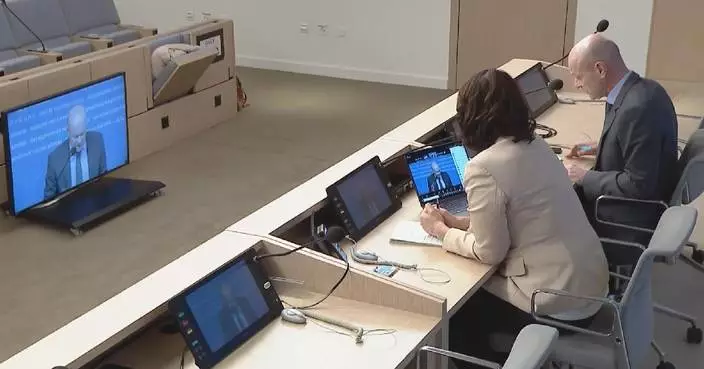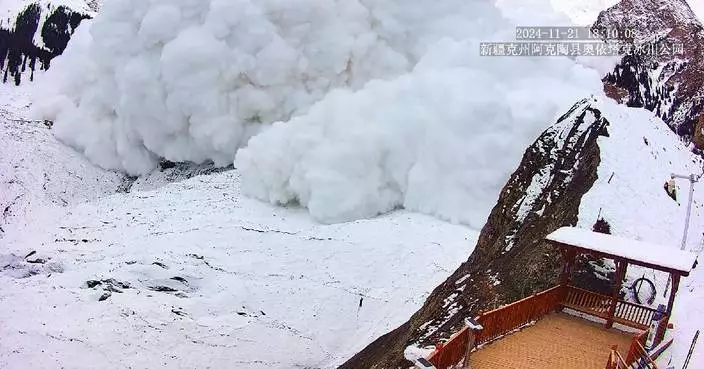The Chancay Port, a flagship project under the Belt and Road Initiative, is poised to bring substantial economic and technological benefits not only to Peru but to the entire Latin American region, according to Peruvian President Dina Boluarte.
The port was officially inaugurated earlier this month during Chinese President Xi Jinping's state visit to Peru, where he also attended the 31st APEC Economic Leaders' Meeting.
In an interview with China Central Television (CCTV) ahead of Xi's visit, President Boluarte emphasized the port's significance for Peru and its potential to deepen bilateral relations with China.
"For Peru, the Chancay Port represents a tremendous economic and technological opportunity. It is not just an ordinary port but one that employs advanced technologies. First and foremost, almost everything will be digitized. I visited China before and stopped in Shenzhen, a fully digitalized city. We aspire to learn such technologies and further deepen our relations with China. We want to apply these technologies not only in the Chancay Port but across all of Peru," Boluarte said.
She highlighted the port's ability to reduce both shipping time and costs, facilitating faster trade between Latin America and Asia.
"Speaking of the Chancay Port, it is a highly significant port that reduces transport time and costs from Latin America to Asia and beyond. Alongside the Chancay Port, we also have the Callao Port, an international airport (the Jorge Chavez International Airport in Lima), and the Ancon Industrial Park. These four strategic hubs will serve as gateways benefiting not only Peru but all of the Americas. We hope not only Peru, but the entire region, including Brazil, Colombia, Ecuador, Argentina, Chile, and others, can reap benefits. We also look forward to a future where Peru exports its own technologies and becomes a world-class nation," she added.
As the first smart and green port in South America, the Chancay Port is expected to revolutionize trade logistics. Shipping times to China will be cut to approximately 23 days, and logistics costs are projected to decrease by at least 20 percent.
Located about 80 kilometers north of Lima on the Pacific coast and directly connected to the Pan-American Highway, the deepwater port is strategically positioned to become a vital logistics hub linking Latin America and Asia.
The port is expected to generate 4.5 billion U.S. dollars in annual revenue for Peru and create over 8,000 direct jobs.

Chancay Port represents huge economic, technological opportunities to Peru: Boluarte









